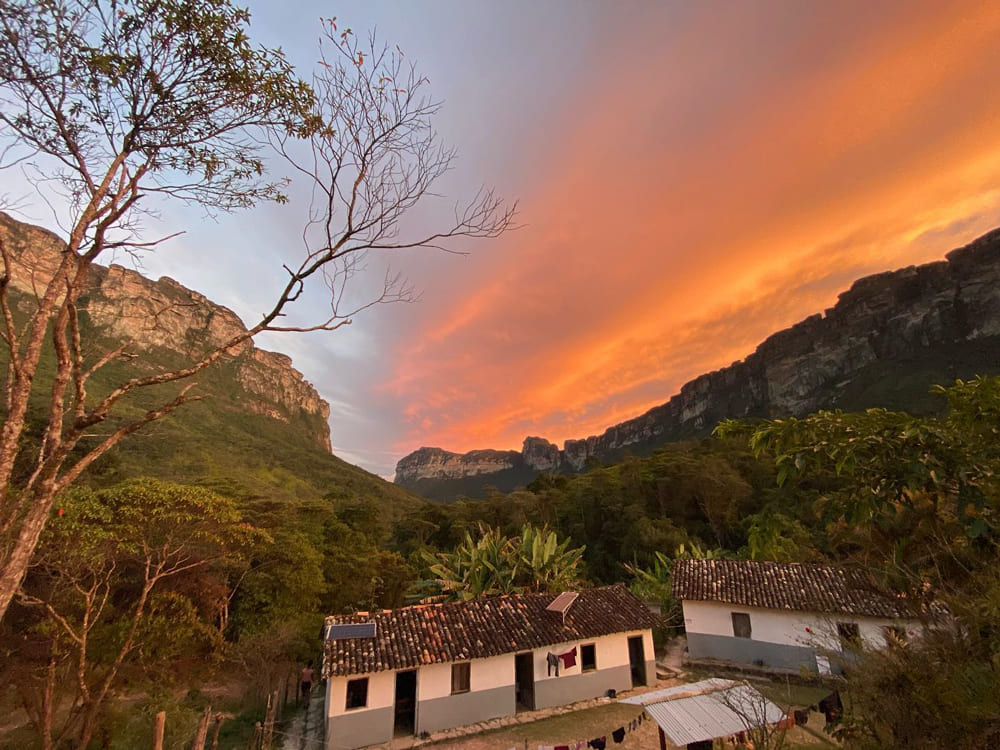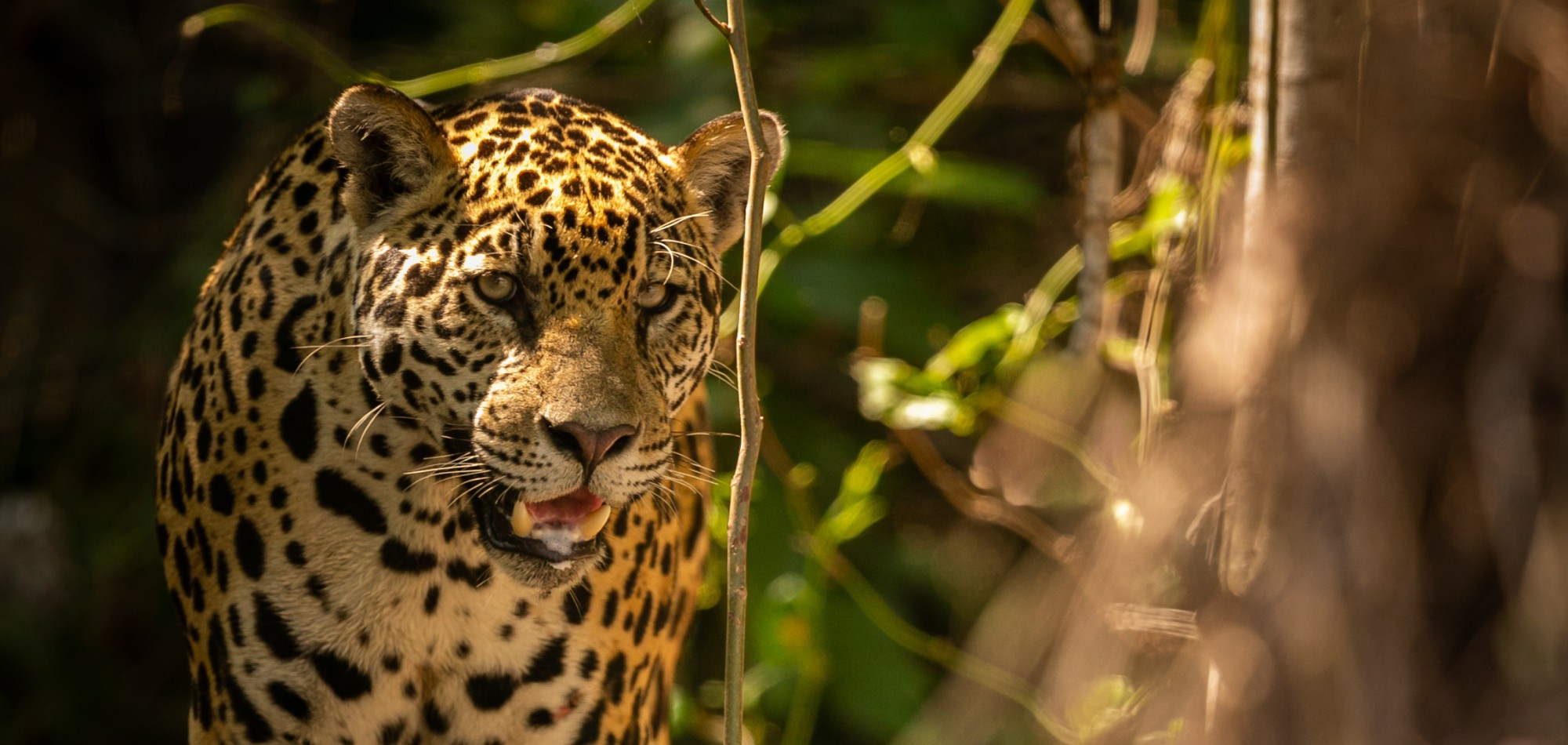For those passionate about ecotourism, it’s essential to know that Brazil has a lot to offer in this area.
Not surprisingly, the country was chosen by Forbes in 2023 as one of the top ecotourism destinations in the world. But what are the best places to visit in Brazil for ecotourism? To help you plan your next trip, we selected the Top 7 Ecotourism Destinations in Brazil. Check them out:
1. Amazon (AM)

Amazon Rainforest – Photo: MkExpedition @mkexpeditions
The world’s largest rainforest is also one of the most fascinating destinations for ecotourism in Brazil. In the Amazon, you can stay in sustainable lodges, navigate rivers and streams, observe the abundant fauna and flora, and interact with riverside communities. A unique and unforgettable experience.
Why visit?
The region plays a crucial role in combating deforestation, and ecotourism can be a powerful tool in raising environmental awareness, as well as helping to protect indigenous and riverside communities.
2. Bonito (MS)

Bonito – Photo: Iago Bernardo @iagobernardo
Considered one of Brazil’s main ecotourism hubs, Bonito is a true paradise for those who enjoy diving in crystal-clear waters, observing aquatic fauna and flora, hiking, and admiring waterfalls. Additionally, Bonito has a strong environmental preservation policy, controlling the number of visitors and charging conservation fees.
Why visit?
At the forefront of Brazilian ecotourism, Bonito sets an example in the transition from traditional to sustainable tourism with an effective visitation control system, ensuring responsible and conscious tourism management.
3. Vale do Pati, Chapada Diamantina (BA)

Vale do Pati, Chapada Diamantina – Photo: Lucas Ribeiro
Located in the Chapada Diamantina, Vale do Pati is one of Brazil’s natural treasures. It offers visitors the chance to see spectacular landscapes, hike trails revealing the region’s unique biodiversity, and have authentic interactions with the local community.
Why visit?
Ecotourism plays a crucial role in the local economy, with tourists staying and eating in residents’ homes, being the main source of income for the region. Additionally, the area adopts an exemplary sustainability model, with homes using 100% solar energy for operations.
4. Pantanal (MT/MS)

Pantanal – Photo: Bruno Henrique G Carvalho @bhc_bio
The world’s largest wetland is an ecological sanctuary hosting one of the planet’s most extensive wildlife concentrations, making it one of the top ecotourism destinations in Brazil. In the Pantanal, you can go on photo safaris, observe animals like jaguars, caimans, and blue macaws, fish for piranhas, and witness Brazil’s most beautiful sunset.
Why visit?
The Pantanal has been central in conservation discussions in recent years. Only a combination of ecotourism and responsible agricultural practices can preserve Pantaneiro traditions and protect endangered species, like the jaguars.
5. Fernando de Noronha (PE)

Fernando de Noronha – Photo: Michele Roth @michele_roth_
The Fernando de Noronha archipelago, a UNESCO World Heritage Site, enchants visitors with its idyllic beaches and marine biodiversity. Adventure lovers can explore the crystal-clear waters and observe dolphins, turtles, sharks, and colorful fish up close. Fernando de Noronha is a must-visit destination for nature and beauty enthusiasts
Why visit?
The island promotes environmental education through wildlife observation, offering practical and interactive learning about environmental preservation.
6. Jalapão (TO)

Jalapão – Photo: Lucas Guerra @lucasguerra
One of Brazil’s wildest and most preserved destinations, Jalapão is a cerrado region impressing with its landscape diversity. There, you can venture through golden dunes, blue water springs, waterfalls, and rock formations. Jalapão is also known for its golden grass handicrafts, typical of the region.
Why visit?
With initiatives aimed at biodiversity conservation, the region has unique features like golden grass management and protection of endangered species like the diving duck.
7. Lençóis Maranhenses (MA)

Lençóis Maranhenses – Photo: Cris Marques @raizesdomundo
One of Brazil’s most incredible destinations, the Lençóis Maranhenses National Park amazes visitors with its natural beauty and uniqueness. The park houses a rare ecosystem, consisting of white sand dunes stretching over 150,000 hectares, which turn into freshwater lagoons during the rainy season, creating a striking contrast.
Why visit?
It ensures tourism acts as an economic engine for local communities, improving their quality of life through increased income. It boosts local handicrafts, particularly products made from Buriti fiber, like bags and hats, making them meaningful souvenirs and supporting the artisan economy. Accredited guides by ICMBio to enter the park not only show the way but also protect and care for this special place.[/vc_column_text][/vc_column][/vc_row]










